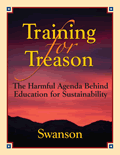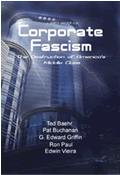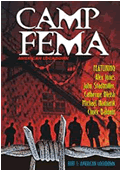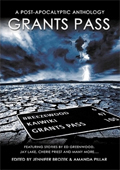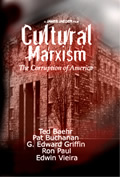CONSTITUTION-MAKING IN JOSEPHINE COUNTY
By John
Chambers
March 18, 2014
NewsWithViews.com
“It was absolute chaos,” recalls Judy, one of the regulars at the Josephine County Constitution Study Group.
The
group had read Articles I through III of the Constitution, which
set up the three branches of government -- Legislative (make laws),
Executive (execute the laws) and Judicial (resolve disputes about
laws). We had read and 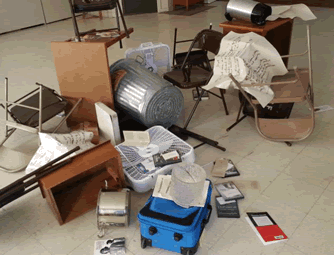 discussed
each line to work out the problem it solved and if it still applied
today. But study is one thing, putting it into practice is another.
discussed
each line to work out the problem it solved and if it still applied
today. But study is one thing, putting it into practice is another.
A flurry of Constitution-making went on when the country was founded, not just on the national level, but also the people of each state had to throw out the royal charter and figure out how to govern themselves. Some states went through three or four revised constitutions in almost as many years.
In Josephine County, we arranged the tables in the meeting hall in an irregular circle and dumped a pile of items in the middle of the room: chairs, books, tin cans, any junk we could find. Chaos. Our job was to bring order to the pile by first devising a Constitution to govern how we made rules, and then make the rules that describe how to sort the pile and then actually bring order to the chaos.
Constitution Rules of Sorting Sorting.
The
first session took forever, but we hammered out a Constitution.
The rules for sorting would be decided by the “legislature”.
The sorting would be done 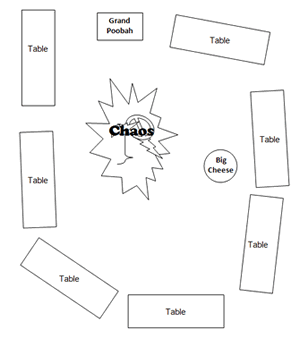 by
(executed by) The Big Cheese. If he did not follow the legislature’s
rules, the legislature would bring the complaint to the Grand Poobah
who would decide the case. We selected a Big Cheese and a Grand
Poobah. Thus ended the first session and we had a Constitution,
an Executive and a Judiciary. We were proud, but not for long.
by
(executed by) The Big Cheese. If he did not follow the legislature’s
rules, the legislature would bring the complaint to the Grand Poobah
who would decide the case. We selected a Big Cheese and a Grand
Poobah. Thus ended the first session and we had a Constitution,
an Executive and a Judiciary. We were proud, but not for long.
The next session began the deliberations. How would the chaos be sorted? The Big Cheese wanted a helper, so the legislature created the position of Cheeze Whiz. The Big Cheese and Cheeze Whiz wanted to be paid and the legislature spent forever on how much.
Amidst the wrangling, Tom, a very direct member of the legislature, got up and started sorting the pile, moving chairs. Some in the legislature agreed, one blurting out, “this is just like real government, we keep talking and the mess doesn’t get cleaned up!” Tom had his admirers but the Big Cheese finally dragged him in front of the Grand Poobah.
“I’m cleaning up the chaos,” Tom argued, “and there is no law against it.” True, the Big Cheese admitted, the legislature had not yet made any law dealing with the pile. But because of that, we cannot be sure that the rule Tom is using in his head to sort the pile is one we all agree on. Without intending to, and with the best of intention, Tom may be making the pile more chaotic.
Tom countered that the Big Cheese and Cheeze Whiz were sitting in the chairs that he, Tom, had sorted out, of the pile. He was doing right. At that, Bruce from the group brought two chairs from outside the circle of tables and gave them to the Executive Branch. The two Tom-moved chairs could be returned to the pile.
The Grand Poobah ruled that the Constitution said the pile is sorted by the Big Cheese and his minions according to the rules devised by the legislature. Tom was banished to Massachusetts – well, back to his Table.
After interminable deliberation, the legislature finally came up with the rules to bring order to the chaotic pile. Thus ended the second session and we were all very proud, but not for long.
Sorting the Chaos
The final session opened with a new law from the legislature to create a Sergeant-at-Arms to maintain order during the sorting process. He would be under the command of the Grand Poobah to enforce Judicial rulings. As the Constitution stated, such a position is filled by a nomination from the Big Cheese and voted up or down by the legislature. The Big Cheese nominated Tom.
“You’re just doing that to keep me in line,” Tom accused.
“Maybe I am,” said the Big Cheese, “but will you take the position?”
Tom agreed and the legislature appointed him. The Big Cheese, acting himself and by Executive Orders to the Cheeze Whiz, began picking up one item at a time, as had been directed by the legislature – one item at a time – and placing it in a pile with items made of the same material; metal objects with metal objects, wood with wood. When the Whiz picked up a book (paper), the Big Cheese directed him to put it in the pile of wooden objects. Murmurs from the legislature were quelled with an explanation that wood and paper are really the same material.
(The legislature could have gone into immediate session and made the rule that wood and paper are different but did not do so. The Executive branch was given rein, whether intended or not, to decide that material X belongs in the same pile as material Y by whatever tortured “logic” it could concoct.)
That was just the beginning. As Sue would later explain, the group put together its Constitution and the rules but the Big Cheese had “an ulterior motive” (yes, he did) and the rules were not clear enough to keep him in line. “Maybe,” Sue offered, “that is one reason why our government gets so complicated is because people keep finding ways, because they are not on the same page, for a government that protects us and keeps our freedoms.”
It was generally agreed that governing is not as easy as it seems. Joseph, who served as Grand Poobah, added when he had to rule on a “law” as written by the legislature, he could see that “when legislation is drafted, it really has to be done well.”
The pile did get sorted but only under threat of removing the Big Cheese. As Tom said, there was “a lot of corruption and bribery going on.” Betty offered that the country’s founders recognized that only a religious and moral people could keep a republic.
The Big Cheese admitted he bribed members of the group to allow him to do as he pleased with the pile.
He did everything he could to corrupt the process. At one point, it became too obvious and Sue was heard to say, “someone needs to stop this.” She was encouraged to present the case to the Grand Poobah. The Big Cheese answered but had no defense. All the bribes had to be returned to the pile and sorted properly and the legislature went into emergency session and effectively made bribery illegal.
After the sorting, the group debriefed. It became apparent that if the leaders are corrupt, they will corrupt the system. However, if the people allow themselves to be bribed, they become corrupt themselves and will not stop it.
The Big Cheese explained that his intention at the beginning was to try to corrupt the system. He attempted to bribe, in “backroom” deals, about eight people. Four agreed to take the bribe, the others did not.
The four who agreed and took the bribe did so because he, the Big Cheese, appealed to a higher purpose. “Okay,” he would say to the prospective bribee, “we are doing an exercise to see how the constitution works. But I want to show how it works under adversity. I’d like you to take a bribe.…”
| Subscribe to NWV Southern Oregon Edition Alerts! |
It was noted by many in the group that it took three or four bribes before anyone got up the gumption to take the Big Cheese to court.
It is not the morality of the leaders who determine if the Constitution will succeed or fail, but the morality (and willingness to stand) of the People that will keep freedom alive.
Each of us learned something about governance. The point that sticks out in my mind was taught by Bruce, when he brought in two chairs from outside the circle and solved the dispute. It is the creation of wealth and value (rather than the distribution thereof) that solves disputes.
© 2014 John Chambers - All Rights Reserved
John Chambers has a standard response to anyone who questions his credentials for writing a study guide for the Constitution. “Zero,” he says. “I am a citizen who took an interest. I have no more intelligence or education than anyone else.”
His father might tell you that Mr. Chambers’ interest began when he was twelve. That summer, he sat young Johnny down and had him copy the Constitution into one of those composition books with the squiggly black-and-white covers. On the left-hand page, Johnny would copy the document in its original language. On the right-hand side, he translated it into modern English.
Years later, John Chambers was asked by a friend who runs the California Ranch School, a private high school, if John would do some writing for the school. While at the school, a few of the students asked Mr. Chambers if he could teach them something about the Constitution. He could.
The first class was to be strictly a reading of the document but it soon became apparent that was not enough. John remembered his own 12-year-old struggles. He may have read the Constitution, but his life experience was not enough to grasp the concepts. “I knew the words,” he says, “but couldn’t sing the tune.” As that first class read through the document, Mr. Chambers got them to give examples from their own lives.
The next class of students had a study guide with many of the difficult words defined and some examples for teenage lives. But the study guide had weak points still. It improved in that class and the next.
Mr. Chambers was soon teaching courses to neighbors and as an extension course at the local community college. With each class given, Mr. Chambers would see the weaknesses of his study guide, and its strengths. After five years of revisions, the study-guide became as stable as any textbook and became more broadly available.
Today, he runs the Josephine County Constitution Study Group in southern Oregon.
John's book: "The Constituion of the United States: A Study Guide" - Second Edition, can be ordered here.
1- Web Site: Who
Owns You Jo-Co
2- Web Site: Citizen
Hat
E-Mail: johnc@citizenhat.org



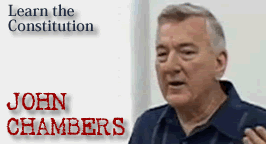
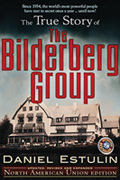
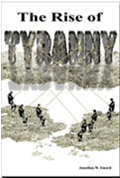

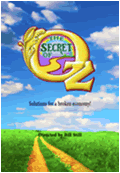
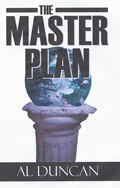



 Share
This Article
Share
This Article
